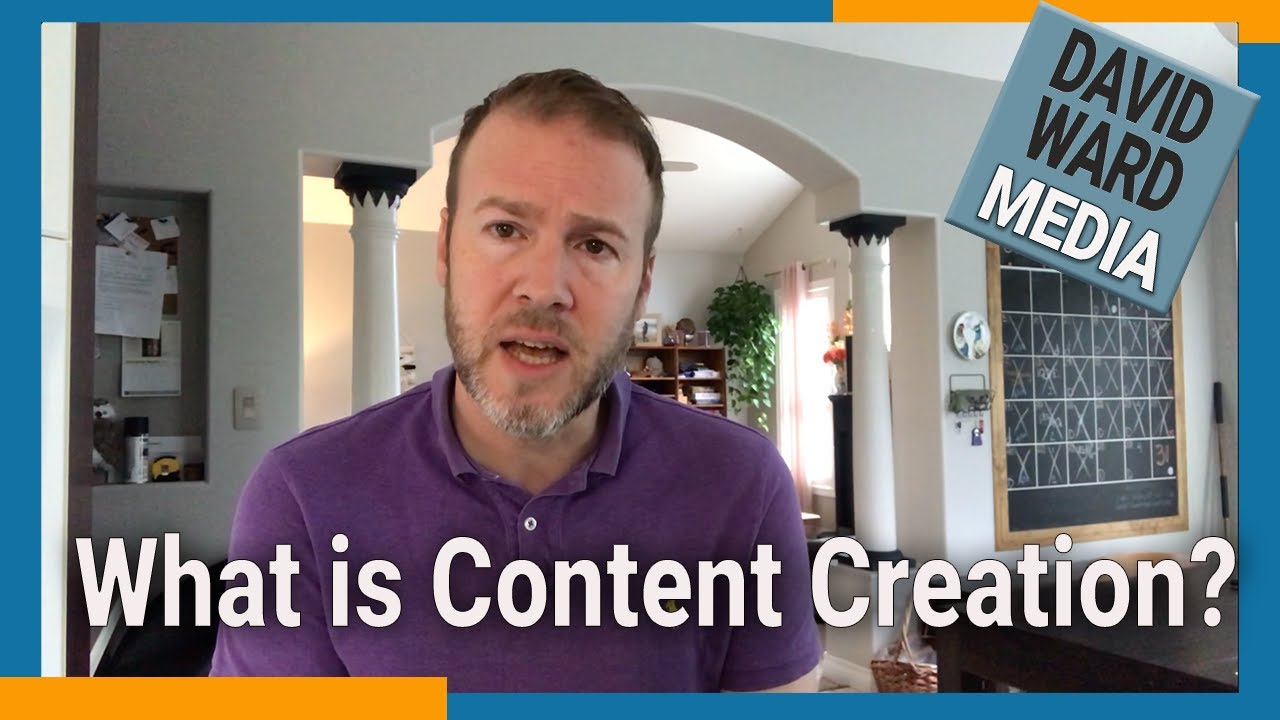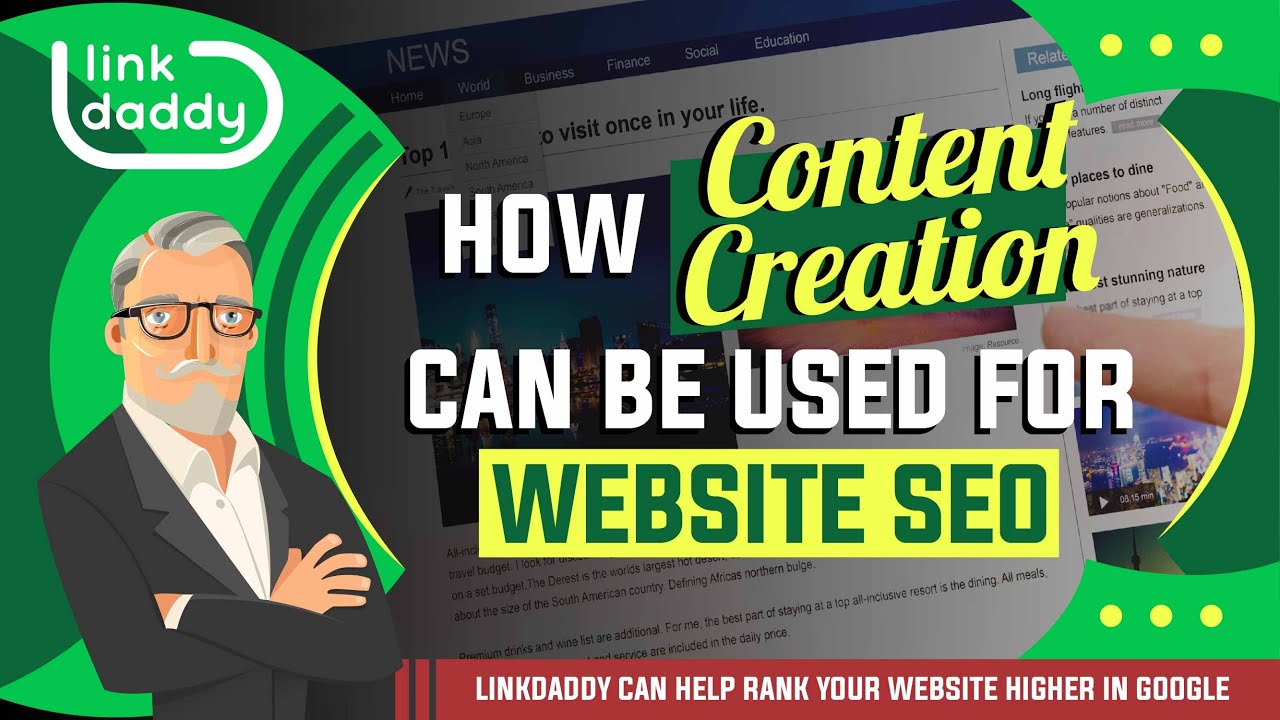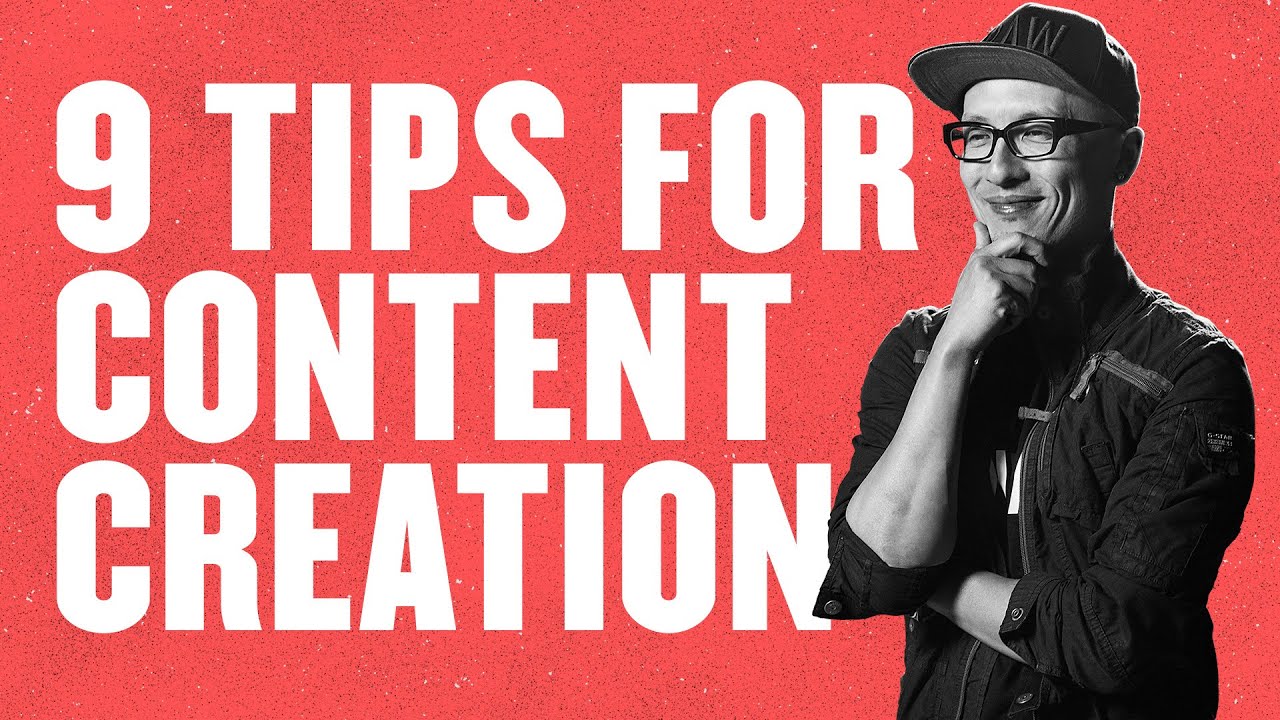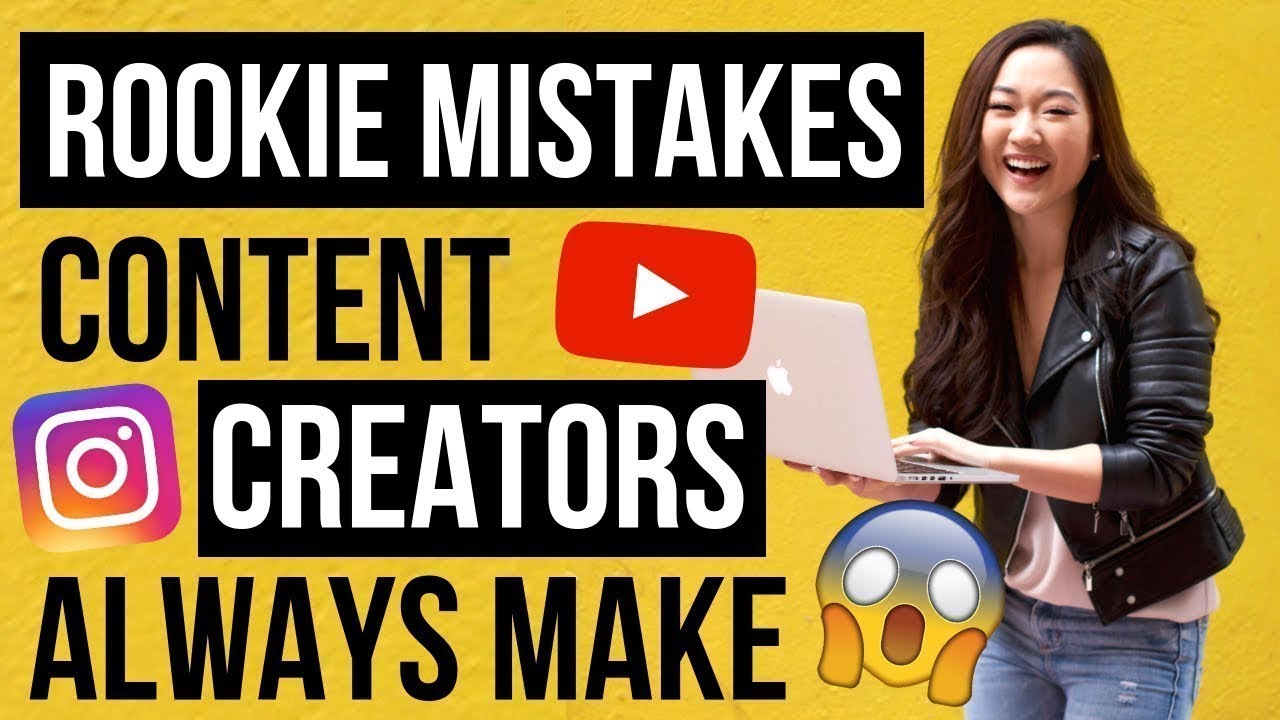In today's fast-paced digital world, content creationhas emerged as a crucial element in effective communication and marketing strategies. From businesses aiming to engage their target customers to individuals seeking to make their mark in the online sphere, the ability to create captivating and valuable contentis essential. Whether it's through articles, videos, social mediaposts, or podcasts, content creation allows individuals and organizations to share their expertise, connect with their audience, and build a strong online presence.
What Is Content Creation?

What is Content Creation?
Content creation refers to the process of generating and producing various forms of content, such as articles, blog posts, videos, infographics, podcasts, and social media posts. It involves crafting and sharing valuable, informative, entertaining, or educational material with the intention of engaging and attracting an audience.
Content creation encompasses multiple stages, including brainstorming ideas, conducting research, planning, creating the content itself, editing, and distributing it through appropriate channels. The goal of content creation is to deliver compelling and relevant information that resonates with the target audience, establishes credibility, builds brand awareness, drives traffic, and encourages interaction and engagement.
Importance Of Content Creation In SEO
Content creation plays a crucial role in search engine optimization(SEO) for several reasons:

How Content Creation Can Be Used For Website SEO
- Relevant and Optimized Content -Search engines prioritize delivering relevant and valuable content to users. By creating high-quality, informative, and optimized content, you can improve your website's visibility in search engineresults pages (SERPs). Well-crafted content that incorporates relevant keywords, follows SEObest practices and aligns with user search intentcan help search engines understand the relevance of your website and improve its ranking.
- Keyword Targeting -Content creation allows you to strategically incorporate target keywords into your website. By conducting keyword research and identifying the terms and phrases that your audience is searching for, you can optimize your content to rank higher for those keywords. Creating informative and engaging content around these keywords not only helps search engines understand the focus of your website but also increases the likelihood of attracting organic traffic from users searching for those specific terms.
- Freshness and Updates -Search engines value fresh and updated content. By consistently creating new and relevant content, you signal to search engines that your website is active and provides up-to-date information. Regularly publishing fresh content can also increase the frequency of search engine crawls, leading to quicker indexing and potential improvements in your website's ranking.
- Internal and External Linking Opportunities -Content creation offers opportunities for both internal and external linking, which are essential for SEO. Internal linking refers to linking between pages within your own website, allowing search engines to discover and understand the structure and hierarchyof your content. External linking, on the other hand, involves linking to authoritative sources or acquiring backlinksfrom other reputable websites, which can improve your website's credibility and search engine rankings.
- Engagement and User Experience-Creating engaging and valuable content improves user experience, which is an important factor in SEO. When users find your content informative, interesting, and easy to consume, they are more likely to spend more time on your website, explore other pages, and share your content with others. These positive engagement signals send a strong message to search engines that your website provides value, resulting in improved rankings.
Roles Of Content Creation In SEO
Content creation plays a pivotal role in search engine optimization (SEO) by contributing to various aspects that influence a website's visibility and ranking in search engine results. Here are the key roles of content creation in SEO:
- Relevance and Keyword Optimization -Well-crafted content allows you to incorporate relevant keywords and key phrases strategically. By conducting thorough keyword research, understanding user intent, and aligning your content with target keywords, you can improve your website's relevance to search queries. This helps search engines understand the focus of your content and increases the likelihood of ranking higher for relevant search queries.
- On-Page Optimization -Content creation is essential for on-page optimization. By creating informative and well-structured content, you can optimize key on-page elements such as titles, headings, meta descriptions, and URL slugs. These elements provide important signals to search engines about the content of your web pages, improving their visibility and click-through rates in search results.
- Freshness and Updates -Search engines value fresh and updated content. Regularly creating new content signals to search engines that your website is active and provides up-to-date information. This can lead to more frequent crawling and indexing of your web pages, enhancing their chances of ranking well in search results.
- Link BuildingOpportunities -Content creation provides opportunities for internal and external link building. Internal linking helps search engines discover the structure and hierarchy of your website, improving the indexation and visibility of your web pages. External linking involves acquiring backlinks from other authoritative and relevant websites. Quality backlinks are considered a strong ranking factor, as they indicate the credibility and trustworthiness of your website.
- User Engagement and Experience -High-quality content that engages users and fulfills their search intentcontribute to a positive user experience. When visitors find your content valuable, they are more likely to stay on your website, explore other pages, and share your content. These positive engagement signals indicate to search engines that your website provides value to users, potentially leading to improved rankings.
- Featured Snippets and Rich Results -Well-optimized content has the potential to appear in featured snippets, knowledge panels, and other rich results. These enhanced search results provide increased visibility, credibility, and click-through rates, leading to higher organic traffic.
How To Generate Content Ideas?

Simple Method To Get Content Ideas Fast | Do this!!
Generating content ideas can sometimes be a challenge, but there are several effective methods you can use to spark inspiration. Here are some strategies to help you generate content ideas:
- Audience Research -Start by understanding your target audience's needs, interests, and pain points. Conduct surveys, interviews, or social media polls to gather insights directly from your audience. This will help you identify topics and content that are relevant and valuable to them.
- Keyword Research -Utilize keyword research tools to discover popular search queries related to your industry or niche. Look for keywords with high search volume and low competition. These keywords can serve as inspiration for content topics that align with what people are actively searching for.
- Competitor Analysis -Analyze the content produced by your competitors or industry leaders. Identify their most popular articles, videos, or social media posts. While you shouldn't copy their content, this analysis can give you ideas on topics you can cover from a unique perspective or topics that resonate well with your target audience.
- Social Listening-Monitor social media platforms, forums, and online communities related to your industry. Look for discussions, questions, or problems that people are discussing. Engaging with your target audience directly can help you identify content gaps and provide solutions through your content.
- Trending Topics -Keep an eye on current trends and news in your industry or in the broader world. Timely and relevant content that taps into the latest trends can attract attention and generate interest. Use tools like Google Trendsor social media trends to identify popular topics.
- Repurpose Existing Content -Take a look at your previously published content and identify opportunities to repurpose or update it. You can transform a blog post into a video, create an infographic summarizing key points, or expand on a topic that has evolved since your last publication.
- Brainstorming Sessions -Set aside dedicated time for brainstorming sessions. Gather your team or invite colleagues from different backgrounds to contribute their ideas. Encourage open discussions and idea-sharing to generate a wide range of content ideas.
- Q&A Platforms -Browse Q&A platforms like Quora, Reddit, or industry-specific forums. Look for questions related to your field and consider creating content that provides in-depth answers or solutions to those questions.
- Customer Feedback and Support -Pay attention to customer feedback and support inquiries. Often, customer questions or challenges can provide valuable insights for content creation. Create content that addresses common issues or educates customers on how toget the most out of your product or service.
- Personal Experiences and Stories -Share your personal experiences, case studies, or success stories. Authentic and relatable content can resonate with your audience and provide valuable insights or lessons.
Remember, content ideas can come from various sources, and it's essential to experiment with different approaches to find what works best for you. Be open to new perspectives, and continuously evaluate the performance and feedback of your content to refine and improve your content creation process.
Tips For Effective Content Creation

9 Tips For Content Creation 2022
Creating effective content requires careful planning and execution. Here are some tips to help you craft compelling and impactful content:
- Know Your Audience -Understand your target audience's demographics, interests, needs, and pain points. Tailor your content to address their specific preferences and challenges. The more you know about your audience, the better you can create content that resonates with them.
- Define Clear Objectives -Determine the purpose of your content. Are you aiming to educate, entertain, inspire, or persuade your audience? Clearly define your objectives to ensure your content delivers the desired message and aligns with your overall goals.
- Research Thoroughly -Conduct comprehensive research on your chosen topic. Gather relevant information from reliable sources, stay up-to-date with industry trends, and cite your sources when necessary. Well-researched content builds credibility and provides value to your audience.
- Craft Engaging Headlines -Grab your audience's attention with captivating headlines. Use strong and descriptive language, incorporate powerful words, and make it clear what the reader will gain by engaging with your content. A compelling headline increases the likelihood of your content being clicked and shared.
- Tell a Story - Humans are naturally drawn to stories. Incorporate storytelling techniques to make your content more engaging and memorable. Use anecdotes, examples, or personal experiences to connect with your audience on an emotional level and convey your message effectively.
- Provide Value -Ensure your content provides value to your audience. Offer actionable tips, practical advice, expert insights, or unique perspectives. Deliver information that helps your audience solve problems, gain knowledge, or achieve their goals.
- Make it Readable -Structure your content in a way that is easy to read and scan. Use subheadings, bullet points, and short paragraphs to improve readability. Break down complex information into digestible chunks and use clear and concise language.
- Incorporate Visuals -Visual elements such as images, infographics, videos, or charts can enhance the appeal and comprehension of your content. Visuals break up the text, make it visually appealing, and help convey information more effectively.
- Optimize for SEO -Conduct keyword research and optimize your content for search engines. Use relevant keywords naturally in your headlines, subheadings, and throughout the body of your content. Optimize meta tags, alt tags, and URLs to improve your content's discoverability and search engine rankings.
- Encourage Interaction -Engage with your audience by encouraging comments, questions, and discussions. Ask for feedback, opinions, or personal experiences related to your content. Respond to comments and foster a sense of community around your content.
- Edit and Proofread -Before publishing, thoroughly edit and proofread your content for grammar, spelling, and clarity. Ensure your message is concise, coherent, and error-free. Consider using editing tools or seeking feedback from others to improve the quality of your content.
- Promote and Distribute -Once your content is ready, promote it through various channels. Share it on your website, blog, social media platforms, and email newsletters. Collaborate with influencersor industry partners to expand your reach. Leverage different content distribution strategies to maximize its visibility.
- Analyze and Adapt:Regularly analyze the performance of your content using analytics tools. Monitor metrics such as website traffic, engagement rates, social shares, and conversions. Learn from the data and adjust your content strategyaccordingly to optimize future content creation.
By following these tips, you can create content that resonates with your audience, delivers value, and achieves your desired objectives. Remember to be consistent, experiment with different formats, and continuously refine your content creation process based on feedback and insights.
Content Creation Mistakes To Avoid

ADVICE FOR CONTENT CREATORS (😱8 MISTAKES you NEED to AVOID!)
When it comes to content creation, avoiding certain mistakes can help ensure that your content is effective, engaging, and well-received by your audience. Here are some common content creation mistakes to avoid:
- Lack of Audience Research -Failing to understand your target audience can result in creating content that doesn't resonate with their needs, interests, or pain points. Conduct thorough audience research to gain insights into their preferences, demographics, and behavior, and tailor your content accordingly.
- Poor Planning and Strategy -Skipping the planning phase can lead to disorganized and ineffective content. Define clear objectives, create a content calendar, and develop a strategic plan that aligns with your goals. Plan the topics, formats, and distribution channels to ensure a cohesive and consistent content strategy.
- Low-Quality or Thin Content -Creating content that lacks depth, value, or originality can undermine your credibility and fail to engage your audience. Invest time in thorough research, provide valuable insights, and ensure your content is well-written, error-free, and provides a unique perspective or solution.
- Keyword Stuffing and Over-Optimization -Overusing keywords in an attempt to boost SEO can result in unnatural-sounding content that doesn't provide a good user experience. Focus on creating high-quality content that naturally incorporates relevant keywords without sacrificing readability or authenticity.
- Ignoring SEO Best Practices -Neglecting SEO best practices can hinder your content's visibility in search engine results. Optimize your content by using relevant meta tags, proper heading structure, alt tags for images, and incorporating internal and external links. Conduct keyword research and implement on-page SEO techniques to enhance your content's discoverability.
- Neglecting Visual Appeal -Visual elements such as images, videos, and infographics can significantly enhance the appeal and engagement of your content. Failing to incorporate visuals or using low-quality visuals can make your content appear dull and uninteresting. Invest in high-quality visuals that align with your content and enhance the user experience.
- Ignoring Content Promotion -Even the best content will struggle to gain traction if not properly promoted. Don't assume that great contentwill automatically attract an audience. Actively promote your content through various channels, such as social media, email newsletters, collaborations with influencers, and content syndicationplatforms.
- Ignoring Engagement and Interaction -Content should encourage interaction and engagement with your audience. Failing to respond to comments, questions, or feedback can make your audience feel ignored or undervalued. Actively engage with your audience, foster discussions, and create a sense of community around your content.
- Inconsistency in Publishing -Inconsistent publishing schedules can lead to a loss of audience interest and engagement. Set a regular publishing schedule and stick to it. Consistency helps build anticipation, trust, and loyalty among your audience.
- Not Analyzing and Iterating -Neglecting to analyze the performance of your content can prevent you from learning and improving. Regularly review analytics data, track key metrics, and gain insights into what content resonates most with your audience. Use this information to iterate and optimize future content creation efforts.
By avoiding these common content creation mistakes, you can increase the effectiveness and impact of your content, better engage your audience, and achieve your content goals more successfully.
People Also Ask
What Are The Key Steps In Content Creation?
The key steps in content creation typically include ideation, research, planning, creation, editing, and distribution.
How Can I Make My Content More Engaging?
To make your content more engaging, consider incorporating storytelling techniques, using visuals, including interactive elements, and understanding your target audience's interests and needs.
How Can I Measure The Success Of My Content Creation Efforts?
You can measure the success of your content creation efforts by analyzing metrics such as website traffic, engagement rates, social media shares, conversions, and keyword rankings.
What Are Some Content Creation Best Practices?
Content creation best practices include understanding your audience, conducting thorough research, creating a content calendar, optimizing for SEO, incorporating visuals, maintaining consistency, and analyzing data to adapt your strategy.
Conclusion
Content creation is an art form that has become increasingly important in our digitally-driven society. It offers a means for individuals and businesses to connect with their audience, establish thought leadership, and create meaningful relationships.
By understanding the needs and interests of their target audience, harnessing storytelling techniques, and leveraging various mediums and platforms, content creators can make a lasting impact. So, whether you are a marketer, entrepreneur, or creative enthusiast, embracing the art of content creation can propel you toward success in the digital landscape.